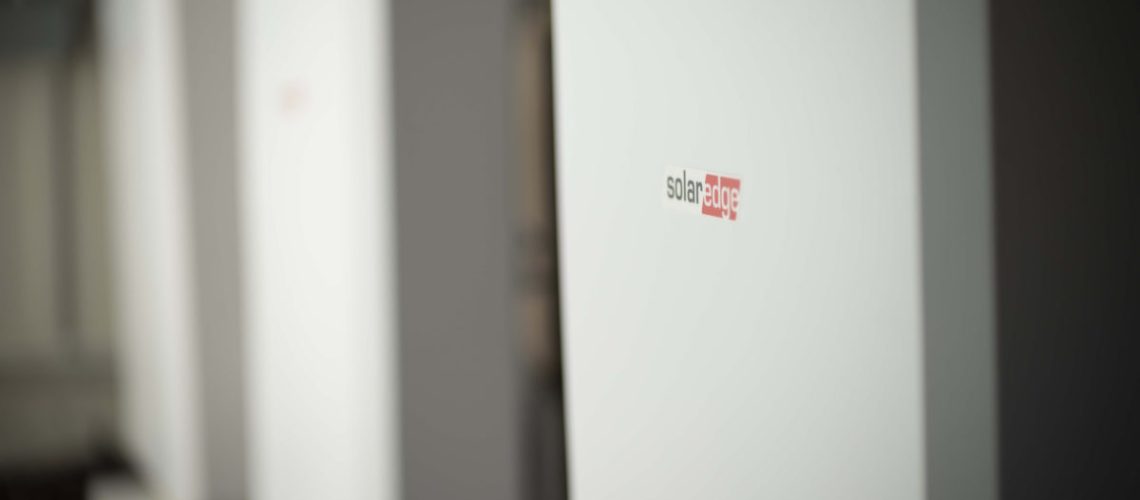Net energy metering 3.0 will soon take effect, cutting payments for solar. SolarEdge’s solution of DC-coupled batteries offers a way to self-consume and protect power.
On April 15, 2023, California will implement Net Energy Metering (NEM) 3.0, a rulemaking that sharply cuts the rate homeowners receive for exporting excess solar production to the grid. Customers will then be paid the “avoided cost” rate for exported power, a fraction of what was paid in the preceding NEM 2.0 era.
From a return-on-investment standpoint, NEM 3.0 essentially brings an end to solar-only installations, particularly if the homeowner seeks to meet all their energy needs with their rooftop array. The value loss from exporting power now shifts the focus in California to a solar-plus-batteries market. While this may present a challenge for some installers who need to pivot to offering batteries, installation partners of SolarEdge come equipped with a ready-made solution.
“This is not new for SolarEdge,” Amir Cohen, general manager, North America solar business unit, SolarEdge, told pv magazine. “We have seen this around the world. Being a global company and the market leader in Europe, time of use, if you look at Italy, Germany, other markets, it’s something that has been around forever. Battery attachment has been in the 60%, 80%, 90% in some of the countries we operate in.”
SolarEdge offers DC optimizers coupled to a DC battery. In concert, the two offer a high-efficiency system with flexibility in customer choices. The three main choices available to solar customers under a SolarEdge solution are a self-consumption based “rate saver” option that focuses on maximizing savings, an option that blends self-consumption and battery backup for outages, and a true whole-home backup solution.
Self-consumption, or storing and using your own photovoltaic production, helps insulate the customer from high utility bill rates. California utilities bill their customers based on a time-of-use based structure, meaning that rates are higher in the evenings when solar production is low and electricity demand is high. SolarEdge’s battery system comes with algorithm-controlled software that adapts to these rates, ensuring that customers avoid drawing power from the utility when rates are the highest.
(Read: “California’s new net metering policy brings batteries into the forefront“)
While SolarEdge is not the only solar technology that can operate in a self-consumption mode, it does come with some important benefits. One, the technology is DC-coupled, which means that the direct current electricity created by solar arrays does not need to be converted, and feeds straight to the battery via a DC wire.
This avoids the issue of clipping, the loss that occurs when a typical AC-coupled system has to convert from DC to AC, AC to DC, and then DC back to AC to feed the battery. Each time a conversion is made, production is lost. Cohen said that clipping losses can lead to as much as 10% in production losses.
Another benefit of the DC solution is that it places less of a burden on main panels in a home. While other solutions may require subpanels or main panel upgrades (MPU), the SolarEdge solution does not. This is meaningful to installers, who often don’t determine an MPU is necessary until after a site visit to the home, which can lead to unexpected additional costs, longer installation times, and the possibility of a customer walking away from the deal.
With the sunset of NEM 2.0 approaching, demand is soaring as applications are flying in to secure a preferable compensation rate. Meghan Nutting executive vice president, regulatory and government affairs of Sunnova told pv magazine that Southern California Edison’s application processing center has received 10 times as many applications as a typical month. This may pose a challenge to some equipment providers, but SolarEdge said it is well-prepared to meet this demand.
The company now operates a multi-gigawatt-hour battery facility in Mexico, and in 2018 acquired Kokam, among the top five largest lithium-ion battery suppliers in South Korea. This supply chain readiness will help SolarEdge meet this sudden spike in demand due to the rulemaking change.
When the NEM 3.0 change happens, SolarEdge will not need to change its business much. Cohen said that the components used in its solution will remain the same. It is now working more closely with installers on the front end, to explain the benefits of its products “across the kitchen table.”
Cohen said that speed-of-installation will be another benefit to this boom in projects that installers will be hustling to complete. He said that as California moves into summer, the easy to install technology will enable one-a-day or even two-a-day project installations.
“This has the potential to be the NEM 3.0 antidote installers are looking for,” said Barry Cinnamon, chief executive officer of Cinnamon Energy Systems, a California solar installer.



